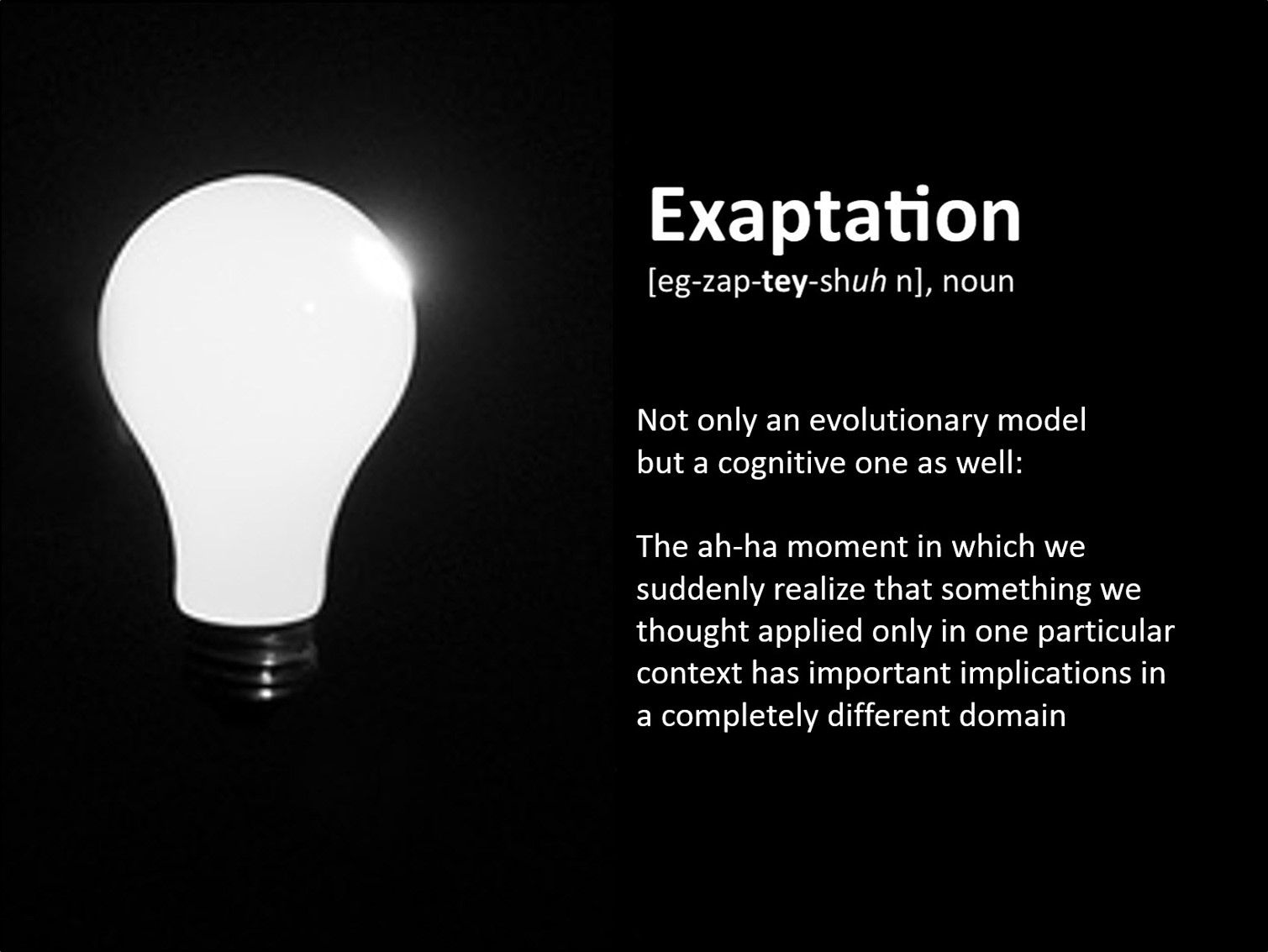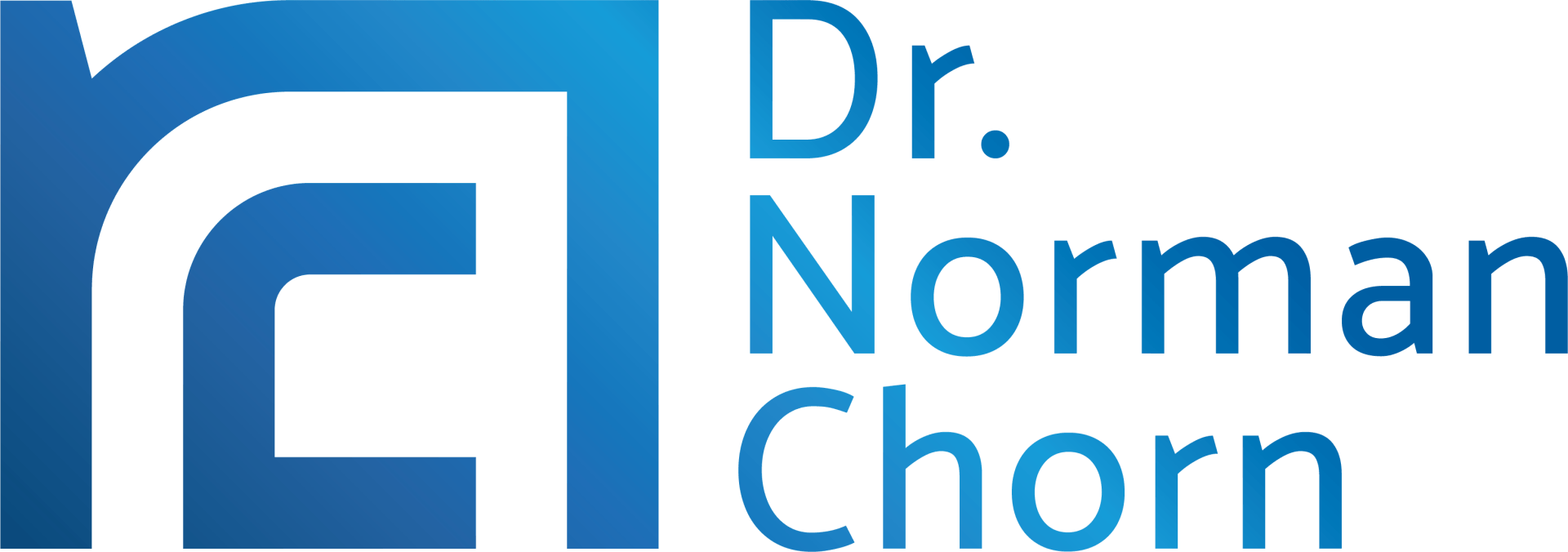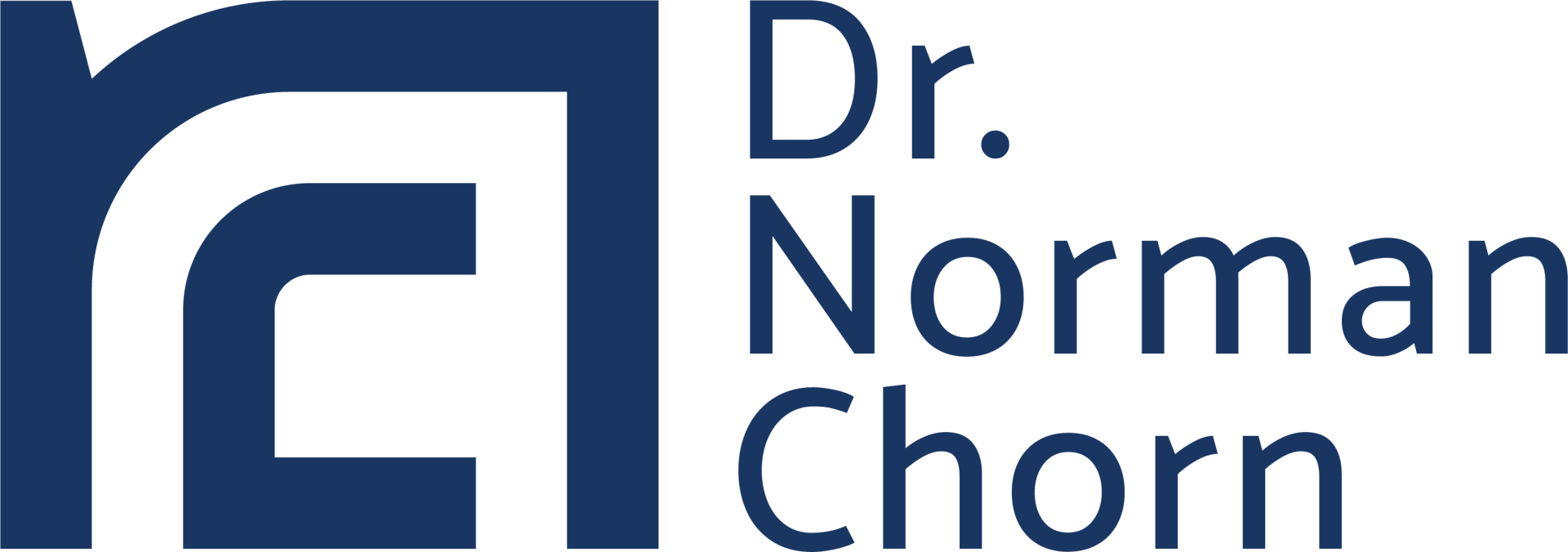Articles on Strategy

By Norman Chorn
•
March 27, 2023
In my previous article "Accelerate Performance with Strategic Alignment - Define the logic of your strategy", we demonstrated the alignment between the market and business strategy by matching the logic of the market with the logic of the strategy. The Explore logic emphasises a market where customers seek new solutions for emerging requirements. The strategy responds by exploring new opportunities and driving for growth. The Exploit logic occurs in a more stable market where customers seek lower costs and reliability of supply. The appropriate strategy focuses on operational efficiency and building close customer relationships. Culture is key to shaping the capabilities of the business to successfully implement strategy . It drives the way that people behave, decisions are made and actions are taken. It determines, therefore, the strategy that is actually realised in the market, as opposed to that which is merely intended. We make a key distinction between the desired culture and the appropriate culture. The desired culture is what people may choose because it sounds attractive and in vogue. However, the appropriate culture is the culture that is required to successfully implement the chosen strategy. Often, these can be different. For example, people might seek to develop a culture that is ‘innovative’, ‘flexible’ and ‘empowering’, but this may not be the appropriate culture needed to successfully implement the business strategy. DEVELOP THE APPROPRIATE CULTURE FOR YOUR STRATEGY Developing the appropriate culture requires a deliberate emphasis on certain cultural attributes and making trade-offs on others. As we will see, the attributes that are traded off are usually the opposites of those that are emphasised.

By Norman Chorn
•
March 27, 2023
In Part 1 "How to Accelerate Performance with Strategic Alignment - Understand the Logic of the Market" we outlined different market conditions and defined them in terms of two overarching logics — Exploring and Exploiting . To briefly recap, an Exploring logic is one where customers are seeking new solutions for emerging needs. It’s all about change and action. An Exploiting logic occurs in a more stable market in which the issues are about lowering costs and working collaboratively with customers. It’s a market that focuses on stability and cohesion. FORCES THAT SHAPE YOUR STRATEGY Clearly, it is one of these two logics — or a combination of both — that will shape your strategy as you operate in these markets. See figure 1 below that describes how these logics will form your business strategy:

By by Dr Norman Chorn
•
March 27, 2023
Do you know what will help your organisation perform better? In the last 30 years of research a key finding is to ensure your strategy is right for the market, and then to have a culture and leadership style to reinforce this. But what’s the code that unlocks this alignment of market, strategy, culture, and leadership? What is the approach that outlines how these key elements fit together? If you had a chance to attend or watch the replay of my live webinar ‘How Leaders Align Culture with the Logic of Their Strategy?' I discussed an approach to create this alignment. Following on from this topic, I thought it would be of benefit, to share my key insights of “Strategic Alignment” methodology in greater detail and I will do this over the next few articles. This will help you and your organisation create strategic fit between your organisation and the market. Forces that shape the market and strategy We begin by outlining the timeless forces that explain the patterns behind behaviour, decisions, initiatives and plans. Extensive research shows that we can apply these same forces to explain the overarching logic of how a market operates and what customers want. See Figure 1 below - The forces that shape behaviours, decisions, initiatives and plans

By by Dr Norman Chorn
•
September 28, 2022
What drives organisational performance There is a wide range of views on the definition of organisational performance. Profitability? Market share? Good products? Despite the lack of a common measure for performance, the question of what drives performance is more easily answered. We have given up the search for the strategy, culture or style that produces the best performance in any condition. Instead, it seems more sensible to recognise that any strategy is only appropriate in a given set of market or competitive conditions. Similarly, we realise that a given culture or leadership style is only appropriate in a given strategic situation. While this basic principle is easily understood, how can it be applied? We think driving organizational performance may lie in the concept of “ strategic fit ”. What is Strategic Fit and How Does it 'Fit In'? Strategic “fit” considers the degree of alignment between your strategy, culture and leadership style. In this sense, alignment refers to the “appropriateness” of the elements to one another. Research reveals that superior performance (measured in a variety of ways) is associated with high degrees of alignment between strategy and culture — ie: a good “fit” between strategy and culture. This is explained by the fact that culture has a significant influence on the organisation’s capabilities in two ways: By acting as a filter to constrain strategic options to those that are compatible with the existing culture (1) [ 1] By requiring cultural change to enable the organisation to effectively implement its strategy (2) [ In both cases, we see that the “fit” between culture and strategy is closely associated with the organisations ability to execute strategy and, therefore, improve an organisation’s performance. Leadership has a critical role to play in this “fit’ between culture and strategy. Not only does leadership influence and guide the overall strategy, culture is also shaped by the style and key behaviours of leaders in the organisation. 3 Steps Leaders Can Take to Strategically Align Culture With The Business Strategy Clearly define the business strategy with respect to “how we will win” in the market Identify the key elements of the culture to support the strategy Adopt a leadership style that will actively shape the required culture. These steps are further outlined below. 1. Clearly Define The Business Strategy With Respect to 'How we Will Win' in The Market The purpose of strategy is to achieve some form of competitive advantage. Therefore, strategy should answer the question of “how will we win?”, or “what do we do to earn our customers’ business in this market?”. Competitive advantage is achieved when the business has a pronounced focus on the source of competitive advantage. Focus is achieved through a purposeful over-allocation of resources to a particular set of initiatives, rather than evenly spread through all initiatives. Focus is different to balance – it is a deliberate imbalance of resource allocation. There are 4 focused pathways to choose from to create competitive advantage in strategy. These are represented in the diagram below by individual colours. Recognise that your strategy may have elements of all four pathways — but there should be clear dominance in one to reflect the required focus.

By by Norman Chorn
•
February 15, 2022
This article discusses the principles that drive organisational resilience. From research conducted the development of organisational resilience is not an evolutionary process. It is developed by co-opting and adapting organisational functions for purposes other than which they were created. This process is called “exaptation”.

By by Norman Chorn
•
December 6, 2021
Agile Methodolgies Offer Much There is much to like about the Agile approach when you read about it and listen to others sing its praises. It embraces adaptability, flexibility, speed of response and continuous interaction with the customer. Agile can be defined as the ability to rapidly and efficiently adapt to changes in our environment. Agile seems ideally suited to our VUCA ( 1 ) environment that is characterised by constant change and disruptions. Our traditional mechanistic organisations are not enabling the natural creativity of people, and their top down, slow strategy processes cannot keep up with the demands of the fast-moving environment. In contrast, Agile offers rapid decision-making and learning by way of its iterative processes and adaptability. But let’s examine the concept a little more closely to see how it copes with all the aspects of our VUCA environment — particularly the inherent complexity that makes strategy and decision-making that much more challenging.

By Norman Chorn
•
March 27, 2023
In my previous article "Accelerate Performance with Strategic Alignment - Define the logic of your strategy", we demonstrated the alignment between the market and business strategy by matching the logic of the market with the logic of the strategy. The Explore logic emphasises a market where customers seek new solutions for emerging requirements. The strategy responds by exploring new opportunities and driving for growth. The Exploit logic occurs in a more stable market where customers seek lower costs and reliability of supply. The appropriate strategy focuses on operational efficiency and building close customer relationships. Culture is key to shaping the capabilities of the business to successfully implement strategy . It drives the way that people behave, decisions are made and actions are taken. It determines, therefore, the strategy that is actually realised in the market, as opposed to that which is merely intended. We make a key distinction between the desired culture and the appropriate culture. The desired culture is what people may choose because it sounds attractive and in vogue. However, the appropriate culture is the culture that is required to successfully implement the chosen strategy. Often, these can be different. For example, people might seek to develop a culture that is ‘innovative’, ‘flexible’ and ‘empowering’, but this may not be the appropriate culture needed to successfully implement the business strategy. DEVELOP THE APPROPRIATE CULTURE FOR YOUR STRATEGY Developing the appropriate culture requires a deliberate emphasis on certain cultural attributes and making trade-offs on others. As we will see, the attributes that are traded off are usually the opposites of those that are emphasised.

By Norman Chorn
•
March 27, 2023
In Part 1 "How to Accelerate Performance with Strategic Alignment - Understand the Logic of the Market" we outlined different market conditions and defined them in terms of two overarching logics — Exploring and Exploiting . To briefly recap, an Exploring logic is one where customers are seeking new solutions for emerging needs. It’s all about change and action. An Exploiting logic occurs in a more stable market in which the issues are about lowering costs and working collaboratively with customers. It’s a market that focuses on stability and cohesion. FORCES THAT SHAPE YOUR STRATEGY Clearly, it is one of these two logics — or a combination of both — that will shape your strategy as you operate in these markets. See figure 1 below that describes how these logics will form your business strategy:

By by Dr Norman Chorn
•
March 27, 2023
Do you know what will help your organisation perform better? In the last 30 years of research a key finding is to ensure your strategy is right for the market, and then to have a culture and leadership style to reinforce this. But what’s the code that unlocks this alignment of market, strategy, culture, and leadership? What is the approach that outlines how these key elements fit together? If you had a chance to attend or watch the replay of my live webinar ‘How Leaders Align Culture with the Logic of Their Strategy?' I discussed an approach to create this alignment. Following on from this topic, I thought it would be of benefit, to share my key insights of “Strategic Alignment” methodology in greater detail and I will do this over the next few articles. This will help you and your organisation create strategic fit between your organisation and the market. Forces that shape the market and strategy We begin by outlining the timeless forces that explain the patterns behind behaviour, decisions, initiatives and plans. Extensive research shows that we can apply these same forces to explain the overarching logic of how a market operates and what customers want. See Figure 1 below - The forces that shape behaviours, decisions, initiatives and plans

By by Dr Norman Chorn
•
September 28, 2022
What drives organisational performance There is a wide range of views on the definition of organisational performance. Profitability? Market share? Good products? Despite the lack of a common measure for performance, the question of what drives performance is more easily answered. We have given up the search for the strategy, culture or style that produces the best performance in any condition. Instead, it seems more sensible to recognise that any strategy is only appropriate in a given set of market or competitive conditions. Similarly, we realise that a given culture or leadership style is only appropriate in a given strategic situation. While this basic principle is easily understood, how can it be applied? We think driving organizational performance may lie in the concept of “ strategic fit ”. What is Strategic Fit and How Does it 'Fit In'? Strategic “fit” considers the degree of alignment between your strategy, culture and leadership style. In this sense, alignment refers to the “appropriateness” of the elements to one another. Research reveals that superior performance (measured in a variety of ways) is associated with high degrees of alignment between strategy and culture — ie: a good “fit” between strategy and culture. This is explained by the fact that culture has a significant influence on the organisation’s capabilities in two ways: By acting as a filter to constrain strategic options to those that are compatible with the existing culture (1) [ 1] By requiring cultural change to enable the organisation to effectively implement its strategy (2) [ In both cases, we see that the “fit” between culture and strategy is closely associated with the organisations ability to execute strategy and, therefore, improve an organisation’s performance. Leadership has a critical role to play in this “fit’ between culture and strategy. Not only does leadership influence and guide the overall strategy, culture is also shaped by the style and key behaviours of leaders in the organisation. 3 Steps Leaders Can Take to Strategically Align Culture With The Business Strategy Clearly define the business strategy with respect to “how we will win” in the market Identify the key elements of the culture to support the strategy Adopt a leadership style that will actively shape the required culture. These steps are further outlined below. 1. Clearly Define The Business Strategy With Respect to 'How we Will Win' in The Market The purpose of strategy is to achieve some form of competitive advantage. Therefore, strategy should answer the question of “how will we win?”, or “what do we do to earn our customers’ business in this market?”. Competitive advantage is achieved when the business has a pronounced focus on the source of competitive advantage. Focus is achieved through a purposeful over-allocation of resources to a particular set of initiatives, rather than evenly spread through all initiatives. Focus is different to balance – it is a deliberate imbalance of resource allocation. There are 4 focused pathways to choose from to create competitive advantage in strategy. These are represented in the diagram below by individual colours. Recognise that your strategy may have elements of all four pathways — but there should be clear dominance in one to reflect the required focus.

By by Norman Chorn
•
February 15, 2022
This article discusses the principles that drive organisational resilience. From research conducted the development of organisational resilience is not an evolutionary process. It is developed by co-opting and adapting organisational functions for purposes other than which they were created. This process is called “exaptation”.

By by Norman Chorn
•
December 6, 2021
Agile Methodolgies Offer Much There is much to like about the Agile approach when you read about it and listen to others sing its praises. It embraces adaptability, flexibility, speed of response and continuous interaction with the customer. Agile can be defined as the ability to rapidly and efficiently adapt to changes in our environment. Agile seems ideally suited to our VUCA ( 1 ) environment that is characterised by constant change and disruptions. Our traditional mechanistic organisations are not enabling the natural creativity of people, and their top down, slow strategy processes cannot keep up with the demands of the fast-moving environment. In contrast, Agile offers rapid decision-making and learning by way of its iterative processes and adaptability. But let’s examine the concept a little more closely to see how it copes with all the aspects of our VUCA environment — particularly the inherent complexity that makes strategy and decision-making that much more challenging.

By Norman Chorn
•
March 27, 2023
In my previous article "Accelerate Performance with Strategic Alignment - Define the logic of your strategy", we demonstrated the alignment between the market and business strategy by matching the logic of the market with the logic of the strategy. The Explore logic emphasises a market where customers seek new solutions for emerging requirements. The strategy responds by exploring new opportunities and driving for growth. The Exploit logic occurs in a more stable market where customers seek lower costs and reliability of supply. The appropriate strategy focuses on operational efficiency and building close customer relationships. Culture is key to shaping the capabilities of the business to successfully implement strategy . It drives the way that people behave, decisions are made and actions are taken. It determines, therefore, the strategy that is actually realised in the market, as opposed to that which is merely intended. We make a key distinction between the desired culture and the appropriate culture. The desired culture is what people may choose because it sounds attractive and in vogue. However, the appropriate culture is the culture that is required to successfully implement the chosen strategy. Often, these can be different. For example, people might seek to develop a culture that is ‘innovative’, ‘flexible’ and ‘empowering’, but this may not be the appropriate culture needed to successfully implement the business strategy. DEVELOP THE APPROPRIATE CULTURE FOR YOUR STRATEGY Developing the appropriate culture requires a deliberate emphasis on certain cultural attributes and making trade-offs on others. As we will see, the attributes that are traded off are usually the opposites of those that are emphasised.

By Norman Chorn
•
March 27, 2023
In Part 1 "How to Accelerate Performance with Strategic Alignment - Understand the Logic of the Market" we outlined different market conditions and defined them in terms of two overarching logics — Exploring and Exploiting . To briefly recap, an Exploring logic is one where customers are seeking new solutions for emerging needs. It’s all about change and action. An Exploiting logic occurs in a more stable market in which the issues are about lowering costs and working collaboratively with customers. It’s a market that focuses on stability and cohesion. FORCES THAT SHAPE YOUR STRATEGY Clearly, it is one of these two logics — or a combination of both — that will shape your strategy as you operate in these markets. See figure 1 below that describes how these logics will form your business strategy:

By by Dr Norman Chorn
•
March 27, 2023
Do you know what will help your organisation perform better? In the last 30 years of research a key finding is to ensure your strategy is right for the market, and then to have a culture and leadership style to reinforce this. But what’s the code that unlocks this alignment of market, strategy, culture, and leadership? What is the approach that outlines how these key elements fit together? If you had a chance to attend or watch the replay of my live webinar ‘How Leaders Align Culture with the Logic of Their Strategy?' I discussed an approach to create this alignment. Following on from this topic, I thought it would be of benefit, to share my key insights of “Strategic Alignment” methodology in greater detail and I will do this over the next few articles. This will help you and your organisation create strategic fit between your organisation and the market. Forces that shape the market and strategy We begin by outlining the timeless forces that explain the patterns behind behaviour, decisions, initiatives and plans. Extensive research shows that we can apply these same forces to explain the overarching logic of how a market operates and what customers want. See Figure 1 below - The forces that shape behaviours, decisions, initiatives and plans

By by Dr Norman Chorn
•
September 28, 2022
What drives organisational performance There is a wide range of views on the definition of organisational performance. Profitability? Market share? Good products? Despite the lack of a common measure for performance, the question of what drives performance is more easily answered. We have given up the search for the strategy, culture or style that produces the best performance in any condition. Instead, it seems more sensible to recognise that any strategy is only appropriate in a given set of market or competitive conditions. Similarly, we realise that a given culture or leadership style is only appropriate in a given strategic situation. While this basic principle is easily understood, how can it be applied? We think driving organizational performance may lie in the concept of “ strategic fit ”. What is Strategic Fit and How Does it 'Fit In'? Strategic “fit” considers the degree of alignment between your strategy, culture and leadership style. In this sense, alignment refers to the “appropriateness” of the elements to one another. Research reveals that superior performance (measured in a variety of ways) is associated with high degrees of alignment between strategy and culture — ie: a good “fit” between strategy and culture. This is explained by the fact that culture has a significant influence on the organisation’s capabilities in two ways: By acting as a filter to constrain strategic options to those that are compatible with the existing culture (1) [ 1] By requiring cultural change to enable the organisation to effectively implement its strategy (2) [ In both cases, we see that the “fit” between culture and strategy is closely associated with the organisations ability to execute strategy and, therefore, improve an organisation’s performance. Leadership has a critical role to play in this “fit’ between culture and strategy. Not only does leadership influence and guide the overall strategy, culture is also shaped by the style and key behaviours of leaders in the organisation. 3 Steps Leaders Can Take to Strategically Align Culture With The Business Strategy Clearly define the business strategy with respect to “how we will win” in the market Identify the key elements of the culture to support the strategy Adopt a leadership style that will actively shape the required culture. These steps are further outlined below. 1. Clearly Define The Business Strategy With Respect to 'How we Will Win' in The Market The purpose of strategy is to achieve some form of competitive advantage. Therefore, strategy should answer the question of “how will we win?”, or “what do we do to earn our customers’ business in this market?”. Competitive advantage is achieved when the business has a pronounced focus on the source of competitive advantage. Focus is achieved through a purposeful over-allocation of resources to a particular set of initiatives, rather than evenly spread through all initiatives. Focus is different to balance – it is a deliberate imbalance of resource allocation. There are 4 focused pathways to choose from to create competitive advantage in strategy. These are represented in the diagram below by individual colours. Recognise that your strategy may have elements of all four pathways — but there should be clear dominance in one to reflect the required focus.

By by Norman Chorn
•
February 15, 2022
This article discusses the principles that drive organisational resilience. From research conducted the development of organisational resilience is not an evolutionary process. It is developed by co-opting and adapting organisational functions for purposes other than which they were created. This process is called “exaptation”.

By by Norman Chorn
•
December 6, 2021
Agile Methodolgies Offer Much There is much to like about the Agile approach when you read about it and listen to others sing its praises. It embraces adaptability, flexibility, speed of response and continuous interaction with the customer. Agile can be defined as the ability to rapidly and efficiently adapt to changes in our environment. Agile seems ideally suited to our VUCA ( 1 ) environment that is characterised by constant change and disruptions. Our traditional mechanistic organisations are not enabling the natural creativity of people, and their top down, slow strategy processes cannot keep up with the demands of the fast-moving environment. In contrast, Agile offers rapid decision-making and learning by way of its iterative processes and adaptability. But let’s examine the concept a little more closely to see how it copes with all the aspects of our VUCA environment — particularly the inherent complexity that makes strategy and decision-making that much more challenging.





